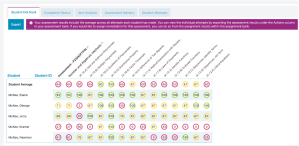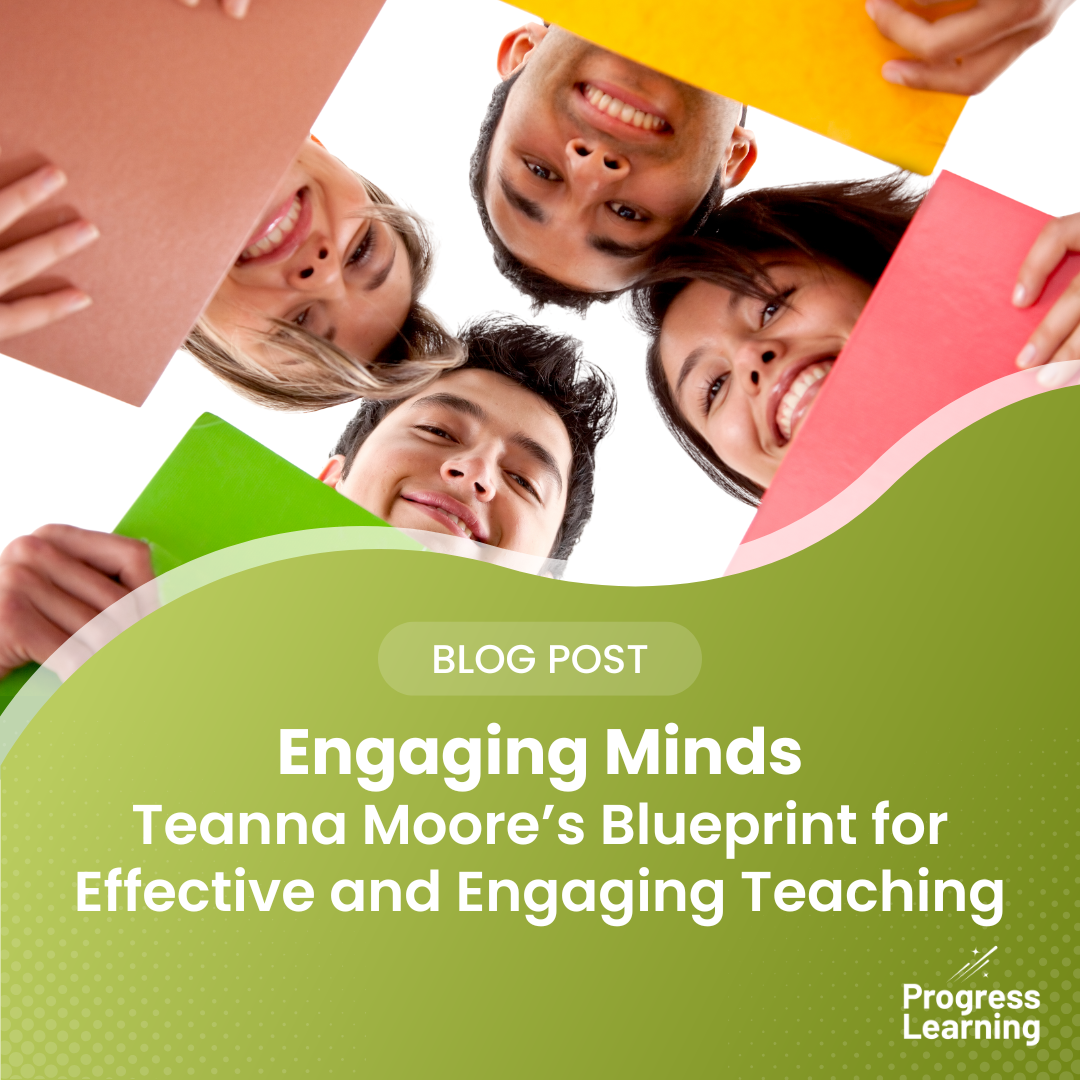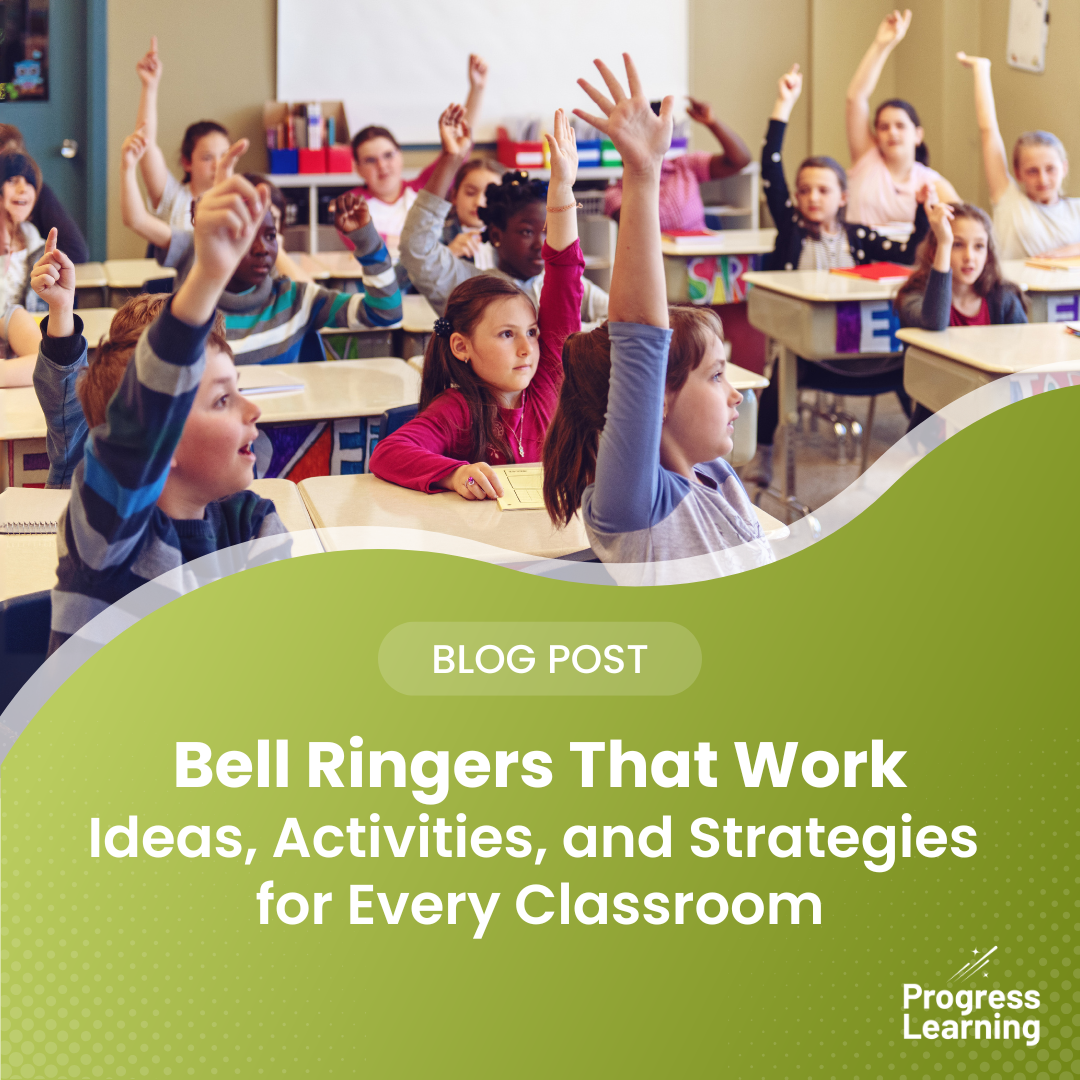How to Group Students Based on Data
Grouping students is one of the best strategies educators can use to meet diverse classroom needs. However, there’s one thing that every educator needs to create effective groups: data.
By using data, teachers can move beyond traditional grouping methods — like ability-based clusters — and create purposeful, data-driven groups that support differentiated instruction. Creating groups based on data allows teachers to tailor their lessons and activities to students’ current needs, strengths, weaknesses, and learning styles.
Let’s explore how you can group your students most effectively using data.
Why Is Data So Important When Grouping Students?
Instead of relying on intuition, educators can use data to identify patterns, address gaps, and create tailored learning experiences. Data offers a clear and objective framework for determining student needs, patterns, and potential. It ensures groups are purposefully designed to maximize learning opportunities for every student.
What Is Flexible Grouping?
Among the many ways teachers can group their students, flexible grouping is one of the most popular and effective methods. Flexible grouping is a dynamic teaching strategy that organizes students into temporary, adaptable groups based on their needs, skills, or interests. Unlike static group setups, flexible groups are fluid, evolving as students’ performance and instructional goals shift.
Flexible groups can vary in size and structure — from whole-class instruction to small groups or even pairs — and are designed to provide targeted support. For example, struggling students might be paired with advanced peers for peer-assisted learning, or groups may form around similar learning styles to tackle tasks that highlight individual strengths. These groups are never set in stone, they can change daily or weekly as needed.
Ultimately, flexible grouping enables educators to deliver the right instruction to the right students in the most impactful way. This approach is incredibly effective because it creates a responsive classroom environment. Students who receive timely help are more motivated to learn, as they see their struggles being acknowledged and addressed.
What Data Sources Can I Use for Grouping?
To create effective groups, educators can draw from a variety of data sources. Academic data (in the form of formative assessments or daily checks like exit tickets or short quizzes) is perhaps the most valuable data source. These formative assessments and quizzes don’t need to be lengthy or complex — a 2 or 3-question quiz at the end of a lesson or a short writing prompt can give teachers the data they need to make informed decisions. The key to effective grouping is to use real-time data. Regular formative assessments and daily checks ensure data is up to date and that students are grouped based on their current needs.
In addition to academic data, social and behavioral data play a critical role in shaping group dynamics. Classroom observations can reveal how students interact and collaborate, helping teachers form groups that foster positive peer relationships. SEL metrics provide additional context for balancing groups and creating a supportive, inclusive environment.
Student feedback is another great data source. Surveys and reflections can uncover students’ learning preferences, interests, and comfort levels so that teachers can design groups that feel engaging and personalized. Attendance and participation data can also identify students who may benefit from smaller groups or additional attention.
What Types of Groups Can I Create?
There are numerous ways to group students, each with unique benefits. One common method is grouping students based on academic performance. By using grades, test scores, and other metrics, educators can organize students for targeted instruction. For instance, advanced learners might tackle more challenging material together, while students needing extra support can work on foundational skills in smaller groups.
Behavioral data, such as discipline records and Social Emotional Learning (SEL) evaluations, can also inform grouping decisions. Students with strong social skills might serve as role models, while those requiring additional guidance can participate in groups focused on improving collaboration and interpersonal skills.
Heterogeneous grouping brings together students with diverse abilities, backgrounds, and perspectives. This strategy encourages peer learning, allowing students to share strengths and support each other’s growth. Similarly, interest-based grouping connects students around shared passions, like art, science, or technology.
Another approach is student choice grouping, where students select their own partners or teams. This method empowers students by giving them autonomy and promoting collaboration. While effective for projects requiring creativity and initiative, teachers must ensure inclusivity and balance within these groups.
How Can I Form Groups Using Data?
Using data to form groups requires thoughtful planning, continuous assessment, and a focus on meeting students’ individual needs. Below are several best practices to guide you in implementing data-based grouping effectively:
- Identify Grouping Goals
Before analyzing data, define the purpose of the grouping. Are you aiming to reteach a specific concept, foster collaboration, or challenge advanced learners? Clear goals will guide both your data selection and group formation process. - Gather Comprehensive Data
Collect data from multiple sources to gain a full picture of each student’s needs and performance. Use formative assessments, short quizzes, exit tickets, benchmark assessments, behavioral data, and interim assessments (like NWEA MAP). A combination of these data points will help you make more informed decisions. - Analyze Data for Patterns
Look for trends in your data. Are there common academic struggles or strengths? For example, if several students are struggling with specific math concepts, group them together for targeted support. Identifying patterns in behavior or engagement can also inform your grouping decisions. - Match Grouping Methods to Goals
Select the appropriate grouping method based on the task at hand. For example, use skill-based groups for targeted remediation, mixed-ability groups to promote peer learning, or interest-based groups to boost engagement and motivation. - Keep Groups Fluid and Dynamic
Flexible grouping requires groups to evolve as student needs change. Regularly reassess and adjust groups based on new data. This ensures that instruction remains relevant and aligned with your students’ current needs. - Communicate Clearly with Students and Families
Keep students and their families informed about the grouping process and the rationale behind it. Explain that groupings are designed to meet specific needs and that the goal is to support each student’s growth and success. - Make Differentiation Covert
To avoid stigma, use educational technology tools that subtly incorporate differentiation. This way, students will receive tailored support without feeling singled out. - Monitor Progress and Adjust as Needed
Regularly check the progress of students within their groups and be ready to make changes as necessary. Be receptive to new data that may indicate when current groupings are no longer optimal and need adjustment.
Simplify the Grouping Process with Progress Learning Data
Progress Learning makes grouping easy by giving you access to accurate, real-time data. With a variety of detailed reports, including the Progress Report with our famous “dot rank” system, teachers can easily view students’ progress down to specific standards.

Reports like this make it easy for educators to see where students are and exactly what support they need. Teachers can also assign remediation from this Progress Report with just a click using Quick Click Remediation.
In addition, Progress Learning offers an Assessment/Assignment Builder where teachers can create formative assessments, benchmark tests, and diagnostics. Exam results are instantly available in your Reports so you can easily see where students are excelling and where they are struggling. If you use interim assessments like NWEA MAP, Progress Learning will import those results for you.
Progress Learning also makes differentiation covert. For example, you could have some students in the general Progress Learning platform and some students in the Liftoff Adaptive Intervention program. Either way, the program looks nearly identical. Your students will never feel singled out or self-conscious about being placed in a remediation group.
With Progress Learning, grouping can become a natural part of your daily instruction. Our precise, real-time data makes it easy to immediately adjust groupings, meet individual student needs, and provide targeted support.
Ready to start grouping your students? Request a demo of Progress Learning today!


